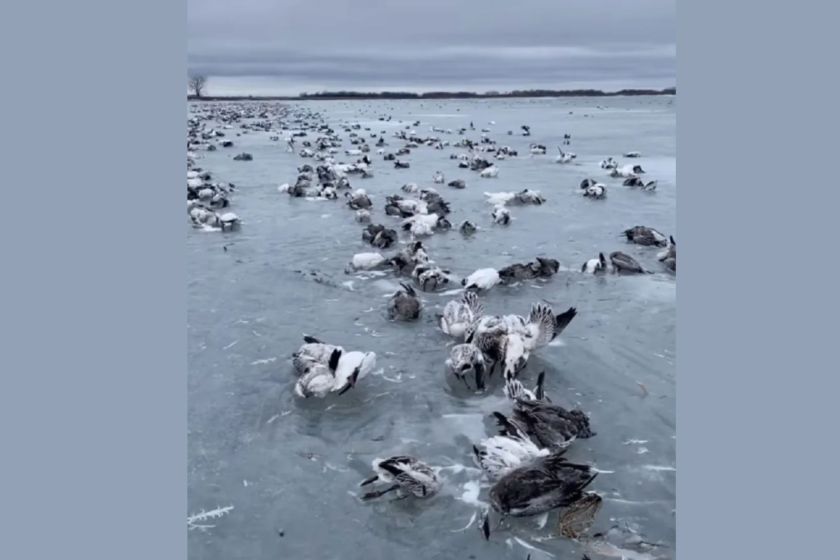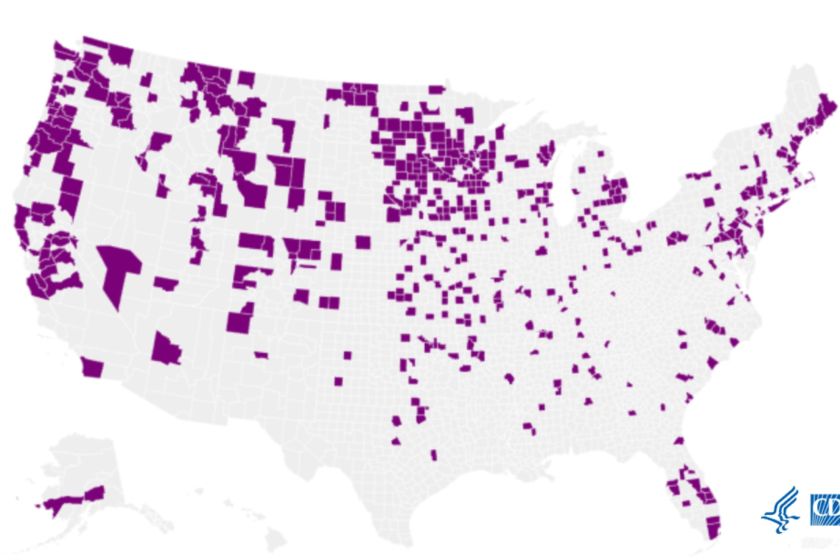Officials are sounding the alarm on a deadly outbreak of avian flu that has claimed the lives of thousands of birds all across the country and now has spread across multiple continents and is even affecting mammals.
For the past four years, the highly pathogenic avian influenza virus has devastated wild and domestic bird populations, with some experts calling it "the deadliest bird flu outbreak in history." According to the Centers for Disease Control, the outbreak has killed 81,924,696 birds since 2022. Up until now, it had been thought that the virus was mostly contained to birds—but recent mass mortality events that left thousands of sea lions and elephant seals dead on the beaches of South America have proved otherwise. It is not just in South America, either. Just last month, a polar bear death in Alaska was confirmed to be caused by avian flu.
The CDC said that, despite recent bird flu deaths in mammals, humans are at low risk for transmission. Still, it recommends that people who work with infected birds are at higher risk of infection and should take appropriate precautions.
There have been several mass avian flu die offs in the United States this winter, including one on a South Dakota lake where ice fishermen discovered more than a thousand dead snow geese partially frozen into the ice. Although a grim sight, it didn't come as a shock, because geese have been dying in droves during the past few years, largely due to the bird flu outbreak.

Instagram, Sean Weaver
"Usually, those geese would be spread out all over the lake, and you wouldn't see them until spring because they'd be covered up by snow," ice angler Nate Phinney said. "Except we don't have any snow this year, and the lakes sort of thawed back out in early December, so you get that effect of windrows of dead geese on one side of the lake."
The CDC has confirmed bird flu deaths in 48 states across the country. Although no stranger to finding dead birds on the ice, Phinney did think that the numbers were increasing.
"That's the most dead snow geese I have ever seen," he said. "To see that many dead birds in one scene and knowing that's mostly from disease, it's eye-opening."

Photo from CDC
Te disease has also trickled across the world, slowly being recorded in new locations. Yesterday it was announced what scientists had feared for the past few weeks: that the H5 avian flu has been confirmed for the first time on Antarctica's mainland. Late last month it was detected in Antarctic penguins, which were found dead off the Falklands Islands coast.
The CDC continues to monitor outbreaks.
READ MORE: Avian Flu Killed a Polar Bear in Alaska




